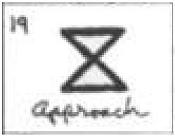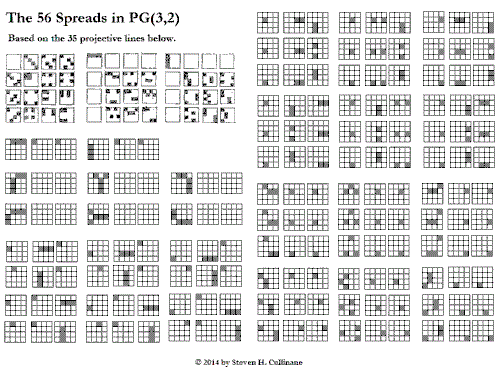From Wikipedia, sixteen T0 topologies on a four-set —
{∅, {a}, {a, b}, {a, b, c}, {a, b, d}, {a, b, c, d}} (T0)
{∅, {a}, {a, b}, {a, c}, {a, b, c}, {a, b, c, d}} (T0)
{∅, {a}, {b}, {a, b}, {a, c}, {a, b, c}, {a, b, c, d}} (T0)
{∅, {a}, {a, b}, {a, b, c}, {a, b, c, d}} (T0)
{∅, {a}, {b}, {a, b}, {a, b, c}, {a, b, c, d}} (T0)
{∅, {a}, {a, b}, {c}, {a, c}, {a, b, c}, {a, b, d}, {a, b, c, d}} (T0)
{∅, {a}, {a, b}, {a, c}, {a, b, c}, {a, b, d}, {a, b, c, d}} (T0)
{∅, {a}, {b}, {a, b}, {a, b, c}, {a, b, d}, {a, b, c, d}} (T0)
{∅, {a}, {b}, {a, b}, {a, c}, {a, b, c}, {a, b, d}, {a, b, c, d}} (T0)
{∅, {a}, {b}, {a, b}, {b, c}, {a, b, c}, {a, d}, {a, b, d}, {a, b, c, d}} (T0)
{∅, {a}, {a, b}, {a, c}, {a, b, c}, {a, d}, {a, b, d}, {a, c, d}, {a, b, c, d}} (T0)
{∅, {a}, {b}, {a, b}, {a, c}, {a, b, c}, {a, d}, {a, b, d}, {a, c, d}, {a, b, c, d}} (T0)
{∅, {a}, {b}, {a, b}, {c}, {a, c}, {b, c}, {a, b, c}, {a, b, d}, {a, b, c, d}} (T0)
{∅, {a}, {b}, {a, b}, {c}, {a, c}, {b, c}, {a, b, c}, {a, d}, {a, b, d}, {a, c, d}, {a, b, c, d}} (T0)
{∅, {a}, {b}, {a, b}, {c}, {a, c}, {b, c}, {a, b, c}, {a, b, c, d}} (T0)
{∅, {a}, {b}, {a, b}, {c}, {a, c}, {b, c}, {a, b, c}, {d}, {a, d}, {b, d}, {a, b, d}, {c, d}, {a, c, d}, {b, c, d}, {a, b, c, d}} (T0)
Compare and contrast with the finite geometry of the power set of a four-set.









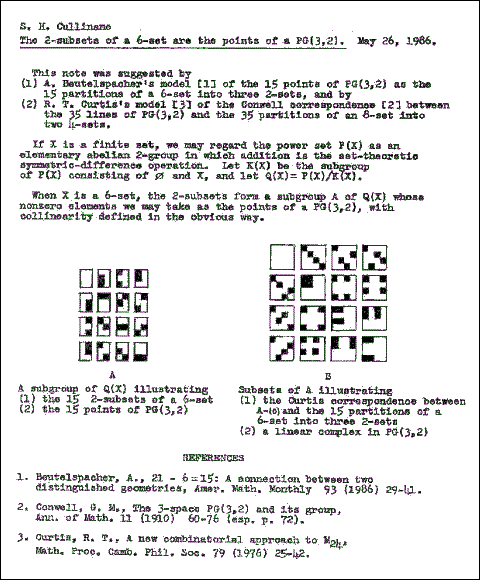












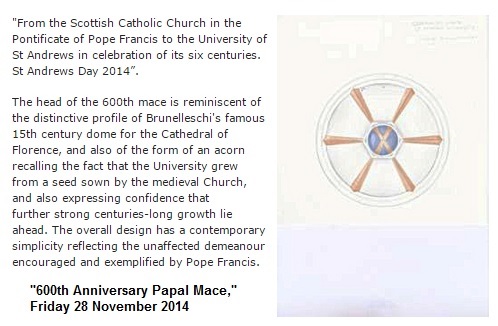

.gif)
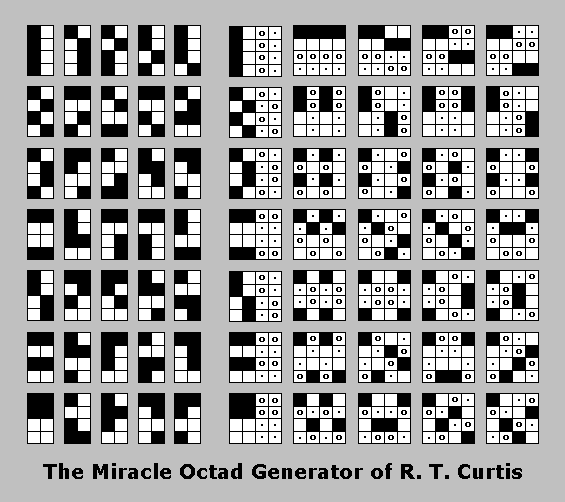

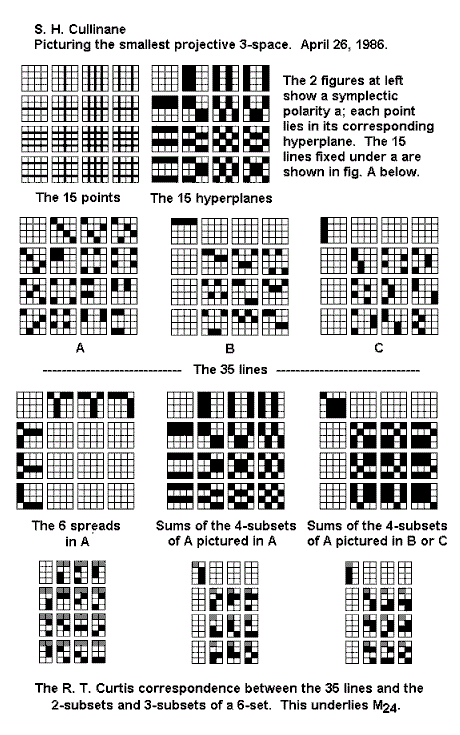














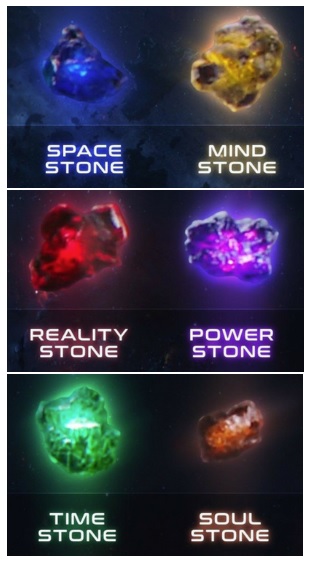



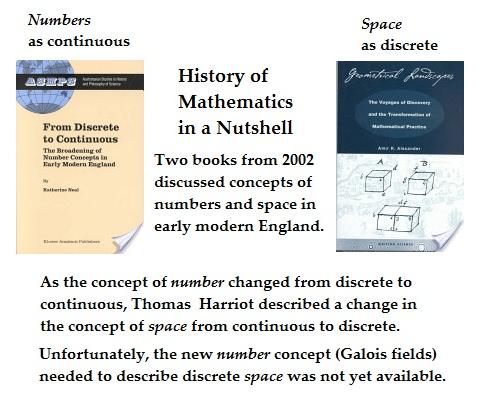







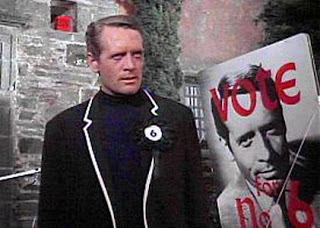








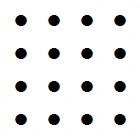
 .
.








